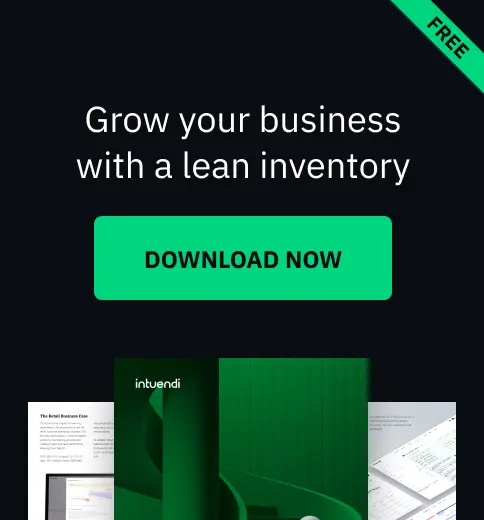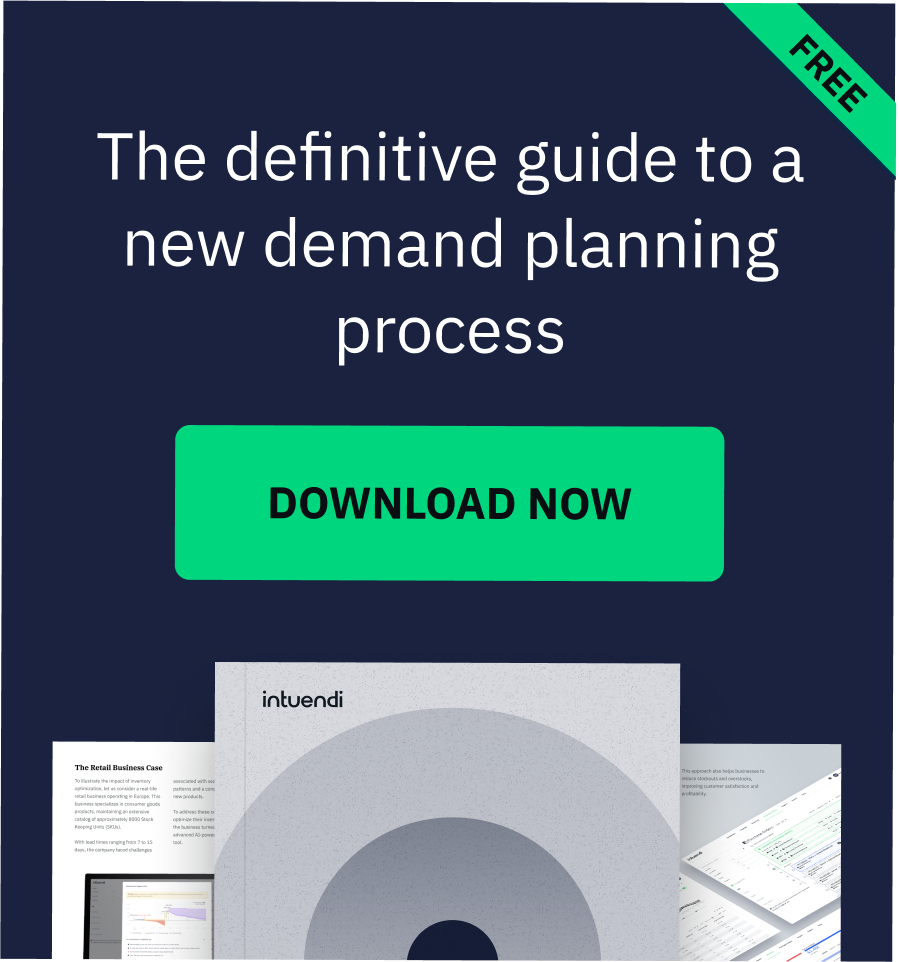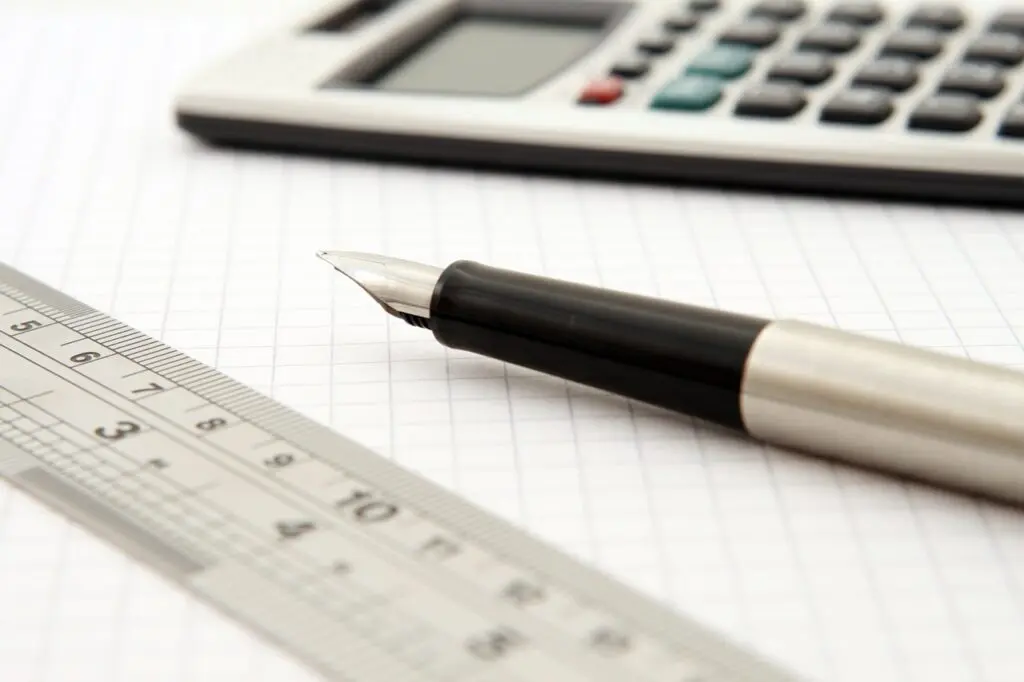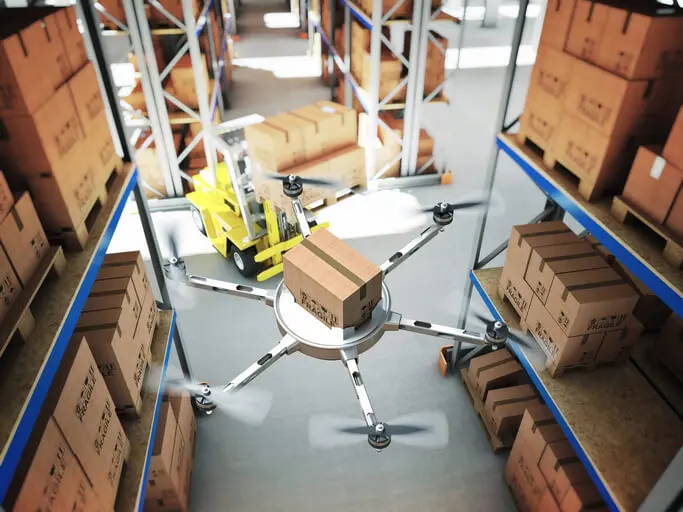Following on from our previous article about Purchase Orders, here is an example template of what a purchase order would look like.
What is a Purchase Order?
A purchase order is a legally binding document that a buyer issues to a supplier, outlining the specifics of a transaction. These details encompass the items being purchased, along with their quantity, price, payment terms, and delivery date. Any pertinent terms and conditions are typically included in the purchase order. The significance of the purchase order lies in its legal nature, enabling both the buyer and seller to maintain precise records for auditing and financial purposes. By contractually obligating both parties to the purchase order agreement, it serves as a safeguard against potential issues that could hinder the buyer from receiving their requested goods or services within the anticipated timeframe.
How Does a Purchase Order Work?
A purchase order document undergoes a specific approval process before being sanctioned. Once the necessity for goods or services is identified, a purchase request is generated and assessed by the relevant personnel. Upon approval, a purchase order is formulated, encompassing all the essential details mentioned earlier. Following approval from all pertinent parties, the purchase order is forwarded to the supplier for final approval and fulfillment. Upon receipt of the goods or services, they undergo inspection and are compared against the purchase order to verify accurate delivery. Any discrepancies are documented and resolved with the supplier. Subsequently, after receiving and accepting the order, the supplier issues an invoice to the buyer. The invoice undergoes a thorough accuracy review and is then processed for payment. Once payment is executed, the entire process concludes. Many ERPs and Purchase Order tools offer an automated process for creating, reviewing, and approving purchase orders, linking the Purchase Order tools.
What Does a Purchase Order Look Like?
Take note of all of the attributes explained in the previous example: The header, vendor’s information, ship-to information, the order details, a summarised notation of the purchase order, the date, tax information, signatures, and most importantly – the purchase order number. Have a look at our previous article to understand the importance of a purchase order number, and how a purchase order differs from an invoice in features and functions.
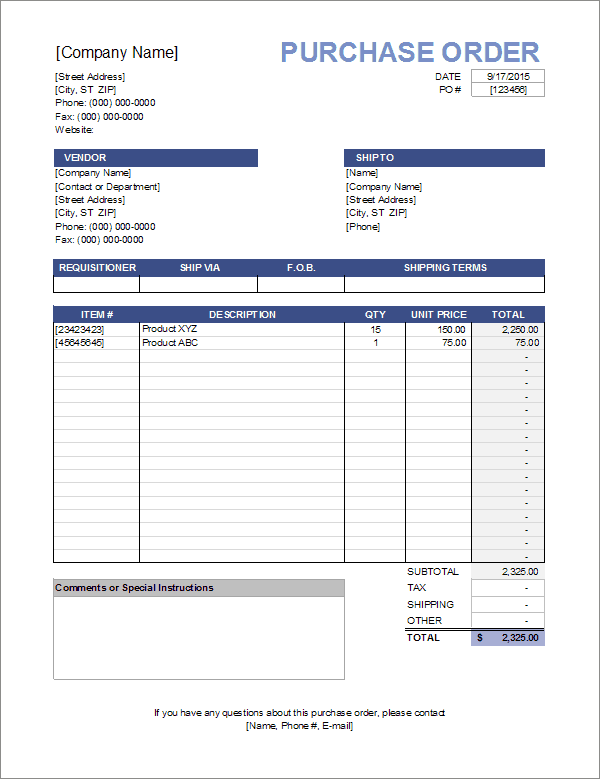
The Difference Between Purchase Orders and Invoices
Purchase orders and invoices are both important documents in the procurement and payment process, but they serve different purposes and are used at different stages of a transaction. Here are the key differences between purchase orders and invoices:
- Purpose: Purchase Order (PO): A purchase order is a document issued by a buyer to a seller to formally request goods or services. It outlines the details of the purchase, including the items or services, quantity, price, delivery date, and any other relevant terms and conditions. The primary purpose of a PO is to initiate a transaction and provide a clear understanding of the buyer’s requirements to the seller. Invoice: An invoice is a document issued by the seller to the buyer after the goods or services have been delivered. It serves as a formal request for payment and provides a detailed breakdown of the transaction, including the total amount due, any applicable taxes, and payment terms. The primary purpose of an invoice is to facilitate payment from the buyer to the seller.
- Timing: Purchase Order (PO): Typically, a purchase order is issued before the goods or services are delivered. It serves as an agreement and a guideline for the seller to fulfill the buyer’s request. Invoice: An invoice is issued after the goods or services have been delivered, indicating that the transaction is complete, and payment is now due.
- Initiator: Purchase Order (PO): The buyer initiates a purchase order. It is a proactive step taken by the buyer to communicate their needs and expectations to the seller. Invoice: The seller initiates an invoice. It is a request for payment based on the agreed-upon terms and conditions outlined in the purchase order.
- Content: Purchase Order (PO): The content of a purchase order includes details such as item descriptions, quantities, prices, delivery dates, and any specific terms and conditions related to the transaction. Invoice: The content of an invoice includes a summary of the delivered goods or services, the total amount due, any applicable taxes, payment terms, and details for remitting payment.
In summary, a purchase order initiates a transaction by specifying the buyer’s requirements, while an invoice concludes the transaction by requesting payment for the delivered goods or services. Both documents are crucial for maintaining transparency and accountability in business transactions.
When to Use a Purchase Order Vs. an Invoice
Purchase orders (POs) and invoices serve distinct purposes in the procurement and payment process. Knowing when to use each document is crucial for effective financial and business management. Here’s a guide on when to use a purchase order vs. an invoice:
Use a Purchase Order (PO) when:
- Initiating a Transaction: Purchase orders are used when a buyer initiates a transaction with a seller. It is a formal document that communicates the buyer’s intent to purchase specific goods or services.
- Providing Instructions to the Seller: POs provide detailed instructions to the seller regarding the items or services needed, quantities, prices, delivery dates, and any other relevant terms and conditions. It serves as a guideline for the seller to fulfill the buyer’s requirements.
- Establishing Terms and Conditions: Purchase orders are crucial for establishing the terms and conditions of a transaction. This includes payment terms, warranties, and any special arrangements between the buyer and seller.
- Requesting Quotations: In situations where a buyer is requesting quotations or proposals from multiple suppliers, a purchase order may be used to formalize the commitment once a supplier is selected.
Use an Invoice when:
- Requesting Payment: Invoices are used when the seller is requesting payment from the buyer. They provide a detailed breakdown of the goods or services delivered, the total amount due, and any applicable taxes.
- Transaction Completion: Invoices are issued after the goods or services have been delivered or completed. They signify that the transaction has been fulfilled, and it is time for the buyer to remit payment to the seller.
- Providing Payment Details: Invoices include information such as the total amount due, payment terms, payment methods, and any other details necessary for the buyer to make payment.
- Recording Revenue: Invoices are essential for the seller’s accounting and financial records. They document revenue earned from completed transactions and provide a basis for financial reporting.
In summary, use a purchase order when initiating a transaction, providing instructions to the seller, and establishing terms and conditions. Use an invoice when requesting payment, completing a transaction, providing payment details, and recording revenue. Both documents play vital roles in maintaining a clear and organized procurement and payment process.
Types of Purchase Orders
Interestingly enough, there are multiple versions of a purchase order that one can find. There are generally four main types of purchase orders used throughout the supply chain, logistics, and retail world: Standard, Planned, Blanket, and Contract Purchase Orders.
Standard Purchase Orders (SPO): The aptly named standard purchase order is largely considered to be the most popular and widely-used form of purchase order, due to its straightforward features and logical terms of use. Much like the above template, SPOs indicate all the necessary details and features of a purchase order such as a specific product, quantity, and price. However, the intent of the standard purchase order is that it will be used for a one-time purchase. Additionally, if your business is just starting out and you are trying out different suppliers, a standard purchase order is likely the best option for you, as it allows you the opportunity to find the best supplier for your company!
Planned Purchase Order (PPO): Planned purchase orders are generally more detailed than a standard purchase order, calling for in-depth descriptions of goods and services along with their costs. However, the planned purchase order is not necessarily known for its in-depth features. It is instead more popular for its nature of being created in advance, but not yet being released to the supplier. They are used in situations when the buyer wants to plan and prepare for future purchases but doesn’t want to commit to the order immediately, generally set in place for more semi-regular orders. PPOs help in forecasting demand, managing inventory, and ensuring the availability of goods when needed. Once the need arises, a PPO can be converted into a standard purchase order and released to the supplier, however, it will initially contain a tentative delivery date and delivery location for each item.
Blanket Purchase Order (BPO): Allowing complete visibility into the flow of goods and services, BPOs are long-term purchase agreements established with a supplier for the repeated purchases of specific goods and services over a defined period. This is often completed with the goal of reducing unnecessary labor and smoothing out the procurement and purchase processes. They are used when there is a need for multiple purchases of the same item within a specific timeframe. Features typically included within a BPO are the description of goods, their quantity and pricing, delivery schedules, and terms and conditions. The advantage of blanket purchase orders is that they provide flexibility in terms of quantity and delivery dates while ensuring a predefined pricing structure and continuous supply of goods and services.
Contract Purchase Order (CPO): Contractually based, a CPO is a pre-arranged agreement between the buyer and supplier for specific products to be sold at a specifically stated price. This is most often used when a long-term relationship between vendor and purchaser has been established, allowing for consistency of ordering over the duration of the contract. The terms and conditions of the contract will often be incorporated into the CPO.
How to Create a Purchase Order
The first step in creating a purchase order is to make sure you have all the relevant information including supplier details, delivery details, SKUs and product details along with quantities and pricing. Once you have this information you can use a template spreadsheet or document to create the PO. Remember, each PO should be numbered and stored for future reference.
There are various tools on the market that can assist businesses with the management of their purchase orders. Intuendi offers a powerful purchase order management software that, thanks to machine learning forecasting methods and accurate inventory management, can streamline procurement operations through AI-assisted intelligent purchase order suggestions.
Benefits of Using a Purchase Order
Purchase orders provide several advantages in business transactions, particularly in terms of organization, tracking and accountability between buyer and supplier. Here is a list of some of the benefits you will find when using a purchase order:
- Organization: Establishing a structured and standardized procurement process, requesting and approving purchases, POs ensure that all purchases are properly documented.
- Tracking: Purchase orders help track purchases from initiation to completion, enabling businesses to monitor and manage their procurement activities effectively, all while allowing for open communication channels between vendor and purchaser.
- Accountability: Speaking of open communication channels, purchase orders promote accountability by requiring proper authorization before purchases are made. They ensure that purchases are approved by the appropriate individuals within the organization, reducing the risk of unauthorized spending, and opening up the chances of identifying issues and mistakes that might occur along the way.
- Cost Savings: Implementing an effective purchase order with a reliable supplier with whom you have established a strong relationship can lead to cost savings. By having a documented and controlled process, businesses can track their spending, identify potential cost-saving opportunities, and negotiate better pricing or terms with suppliers.
- Reduced Errors: Helping in minimizing errors in the procurement process, POs provide detailed specifications, quantities, and terms which reduce the likelihood of misunderstandings or incorrect deliveries. This leads to fewer returns, rework, or disruptions, saving time and resources.
- Compliance and Audit Trail: Purchase orders create a transparent audit trail, ensuring compliance with internal controls and external regulations. They provide documented evidence of the purchasing process, facilitating internal audits and regulatory compliance.
- Financial Planning and Analysis: Providing valuable data for financial planning and analysis, POs help businesses analyze purchasing patterns, track expenses, and make informed decisions regarding budgeting, forecasting, and supplier management.

